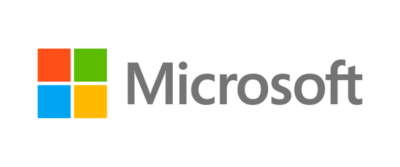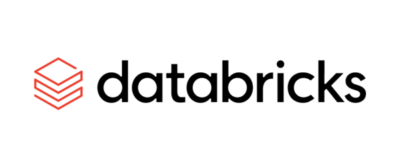For the past few months, our colleague Cédric (IoT and Industry 4.0 Director) has had a very clear mission: to make us understand that IoT is part of our daily lives, sometimes without us even noticing it. Just add “smart” or “connected” to another word and it’s done.
It may sound far-fetched, but we can even go so far as to talk about a connected chicken coop. We have an excellent example at Uzinakod thanks to our colleague Jean-Sébastien (IoT Architect), who is also an egg farmer.
Is connecting your chicken coop as easy as wireless headphones? Not exactly! After all, you can’t make an omelet without breaking an egg. But it’s not that complicated either.
Here’s how he did it.
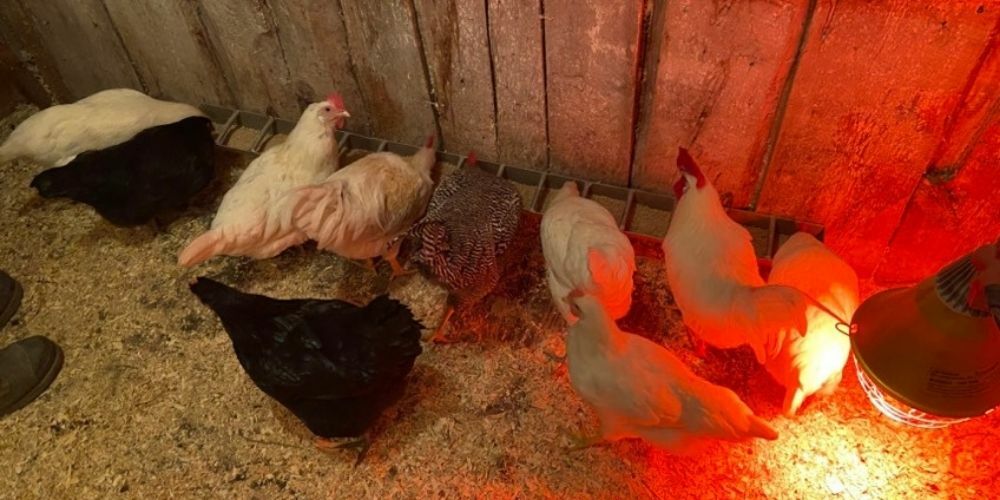
The Business
Before going any further, let’s put this in context. Jean-Sébastien is the co-owner of a start-up organic vegetable farm. The hen house currently has seven laying hens, but is designed to accommodate up to 25. About 50 chickens are also part of the equation.
The main goals will be to produce between 10-15 baskets of vegetables per week, and eventually to diversify the offering to include eggs and chicken (when regulations allow).
The addition of IoT devices would help the company’s co-owners in their growth by improving certain processes, particularly related to the reservation and distribution of baskets.
The Recipe
Just like in cooking, before setting out to prepare a dish, it is best to have the right ingredients on hand.
In the case of the IoT innovation process, the recipe goes like this:
- Identify the experts
- Identify the challenges or sticking points
- Come up with ideas to address each of the sticking points
- Establish a proof of concept
- Get feedback and expand the scope of the project
- Put the project into production
The Experts
An IoT project can hardly be carried out alone. You first have to identify the main specialists who will be involved. These experts, with their practical approach, will be able to provide ideas for solutions to the problems raised.
In the example of the chicken coop, there are, of course, the co-owners of the business. As managers, they are familiar with the processes in place, the current needs and the future goals of the company.
Then comes the IoT specialist, in this case represented by Cédric. He accompanies the client and makes sure he understands their needs so he can suggest the best compromises.
An agronomist is also added to the discussion for everything concerning the produce market, but also for knowledge of the laws governing organic development.
Naturally, when working with animals, it goes without saying that a veterinarian is called in to ensure their health and well-being. He or she further acts in an advisory capacity for any other questions the co-owners may have.
The Challenges and Sticking Points
In IoT, there is no such thing as one size fits all. We must take the time to identify each need, every related problem and the repercussions that will be associated with it, and whether these will be measured in time, money or both.
Only then can we recommend solutions.
Some examples from the chicken coop:
- Temperature: it can have an impact on egg-laying operations, food consumption, and in short, on animal welfare in general.
- Proper feed rationing: too little or too much feed can influence the stress level of the hens, and therefore egg production.
- The actual yield per egg: in the end, it is important to know how much an egg costs to measure operational efficiency and compare it with the market.
The Possible Measures
IoT is all about data usage. And the good news is that this data is often available without us even knowing it!
There is a lot of data in business applications (ERP), databases, or even company Excel files. All you need to do is identify the data necessary for solving each of the problems.
We also want to evaluate the level of difficulty required in retrieving this data. This is an important step for ensuring a good effort/return on investment (ROI) ratio.
What kind of data can we retrieve from a chicken coop? The short answer: a lot! That said, it doesn’t have to be complex. Here are some examples:
- The amount of feed
- Temperature inside and outside the coop
- Water level and temperature
- Lighting and heating control
- Automatic opening of the doors to the barn
A more complex example would be to study the behavior of the animals, possible by installing cameras with artificial intelligence functions. A field of research in itself!
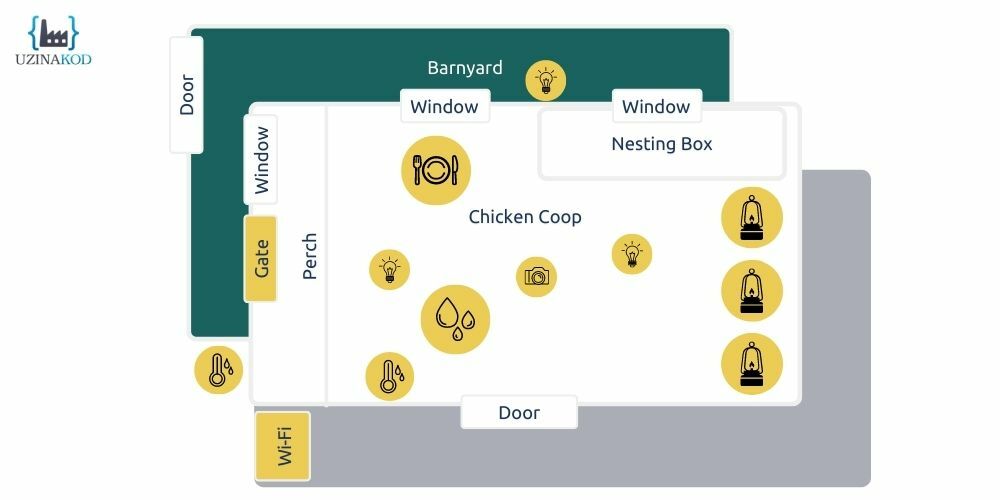
The Proof of Concept
Once the challenges and sticking points have been identified and measures proposed, the next step is to establish a proof of concept.
Each project comes with its own constraints. Considering this, it is preferable to stick to the essentials and not to make this step unnecessarily complex.
The constraints of the connected henhouse were mainly the budget, the limited number of available hours, and the artisanal/family production context. Animal welfare had to be at the heart of every decision.
In the case of the chicken coop, the choice of solution focused around basic sensors for temperature, water level, and automatic lighting and heating.
A Cisco Meraki camera was also added to take advantage of the integrated storage and cloud connection with no additional development. A big boost to speed up the pace of the project!
All this without forgetting one last (and not least) “detail”: not all barns are necessarily connected to the internet!
The Feedback
Did the proof of concept achieve its objectives? This is the time to validate with the predefined success indicators, and adjust if necessary.
If it’s a success, we can put it into production and start a new mini-project. If not, we go back to the drawing board without erasing everything, if only by adding a few sensors to the initial plan.
The Results
During the running-in period of the henhouse (between January and June 2022), only 1620 kWh of electricity were consumed, representing a bill of about $120.
The hens consumed between 90 and 125 grams of food per day and laid between 6 and 7 eggs daily.
Small surprise: the camera detected the presence of rodents. The hens were not alone in eating the food, which explains the higher consumption at the beginning of the project (before this discovery). One less source of waste!
Also, three alerts (initially configured on the dashboard) were sent to inform of low water level or heating interruption.
The Room for Improvement
Improvements have been suggested mostly at the data entry level.
To simplify the first proof of concept, the quantities of food consumed and eggs produced were entered manually in Excel files.
Solutions to improve these processes:
- Feed: Add automated weighing on feeders.
- Eggs:
- More complex option: Combine artificial intelligence and video
- Simpler option: Add a form to enter the quantity of eggs, linked to the right software
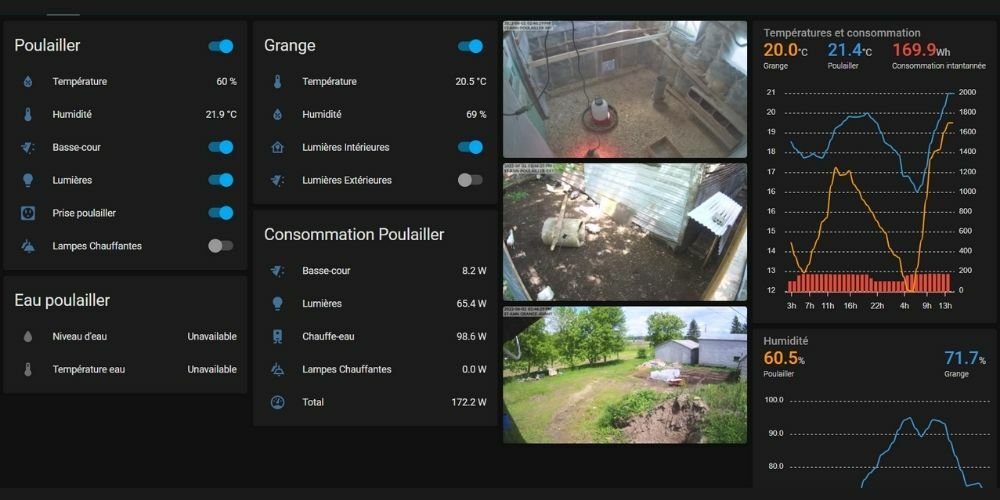
The Shift to Production
The proof of concept was a quick process where the main goal was to validate the proper functioning of the improvement measures. During the production phase, special attention will be paid to data security to ensure that the solution is robust and safe from attack.
We will also make the final adjustments to increase performance and allow the solution to evolve in the event of escalating needs (for example: if the number of laying hens increases from 7 to 25).
Conclusion
Jean-Sébastien’s connected chicken coop proves one thing: IoT is not just for large companies working on high tech projects.
Projects with simple needs are perfectly feasible when surrounded by the right specialists. Thanks to its expertise in IoT and Industry 4.0, Uzinakod can provide you with all the necessary support, together with our large network of partners in the field.
If we can connect a chicken coop, think about what you could do with your company. Whether your business is in retail, manufacturing or even healthcare, IoT can be adapted to meet your specific needs and everyday reality.
Did you recognize your company after reading this case study? Don’t hesitate to get in touch with us about your project.
And finally, the question on everyone’s lips: how much does an egg cost? Jean-Sébastien’s ready with the answer:
“That’s our secret!”




